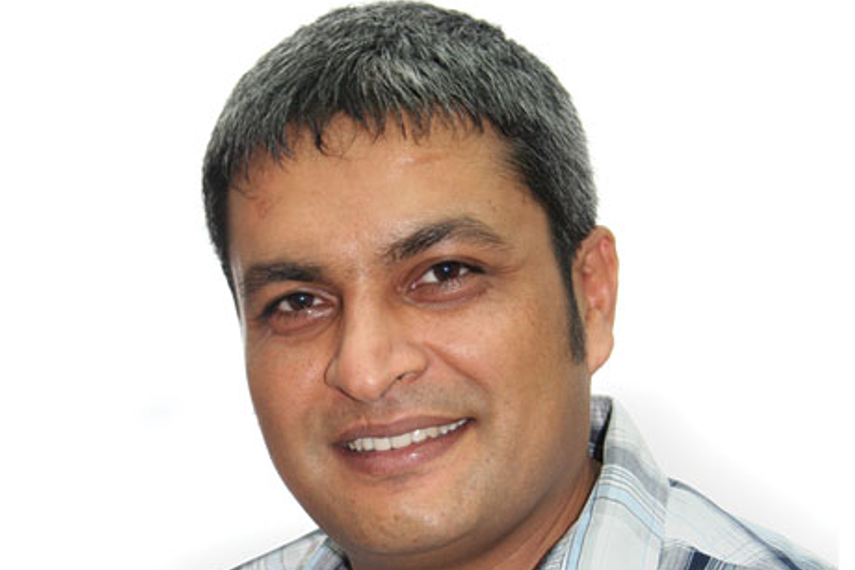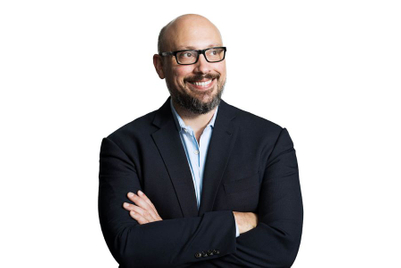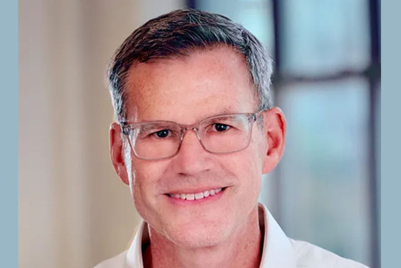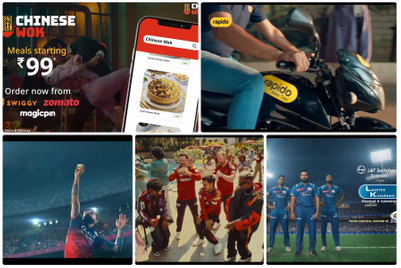
Something’s brewing. Think of how recent movies like Avataar, Ghajini and 3 Idiots have been promoted and this will become apparent. What stands out in their campaigns is how the old and the new have come together. The promotional campaigns for these movies used traditional channels and emerging media technologies like augmented reality to seamlessly create a symphonic blockbuster effect.
Spice this up with the knowledge that marketers like HUL and Kellogg’s are seeking ways to hardcode digital into their communication development through the processes they deploy, the creation of the digital assistant brand manager role within the P&G system as a step towards developing their organizations digital DNA, and the plot thickens.
The emerging ecosystem of media thinking
These past few years, where the old media and the new media technologies have co-existed, have worked to provide marketers with the conviction that thinking of media channels in silos, as is wont given the existing communication industry structures, without clearly defined roles for each channel in the communication strategy simply won’t cut ice. There is a realization that media will need to be thought of as an ecosystem that comprises of not just the traditional paid media channels (P), that is, . media channels that are not owned by a company but which the company leverages to deliver messages to its consumers (Print, TV, radio etc.)but also owned media (O), i.e. media channels controlled by the company like websites or Facebook pages, and earned media (E), i.e. when consumers become the channel and create WOM and buzz for brands.
Marketers are increasingly uncomfortable with the fact that, perhaps, their communication thinking today happens in silos of creative, agencies, media agencies, PR agencies, social media agencies, and digital agencies and so on, despite the strong potential interplay between them. They understand that in order to leverage the POE ecosystem effectively they will need to create the necessary enabling structures within their organisations. A recent Forrester global marketing leadership survey indicates that 75% of CMOs plan to reorganise before the end of 2011. Sixty-five per cent of them have digital and social marketing as the primary drivers behind their next organisational restructure.
Undoubtedly, marketers will expect to see the POE thinking permeating their media agencies as well. In order to deliver on their expectations, 2011 will be the year where we will have to prepare to align ourselves to this reality of the POE ecosystem.
Delivering the POE ecosystem: Transformation challenges
Problem of strategic unit silos Media agencies are structured today to deliver on their core product, i.e. planning and buying media. Other services like digital, mobile, branded entertainment, brand activations etc. , have been developed as specialists units who run their own P&L’s and they tend to offer their services independently to clients. These units have thus operated in silos with their own agendas. They have not really been integral to conversations that clients are having with the core agency teams about the broader communication challenges for their brands. Consequently, the tendency to treat digital as an afterthought to communication strategies rather than as a part of the overall solution has taken shape. This ‘digital at the periphery’ has become a growth limiting phenomenon and works against the development of the POE ecosystem within media agencies. If the desired ecosystem is to take root, the digital function has to move to the center of the communication planning process rather than being treated as a peripheral solution. This will require structural changes to the way media agencies deliver solutions to clients. Agencies will have to take the hard decision of doing away with their digital strategic unit brands and instead strive to integrate digital resources within client focused teams. This will enable the core teams and digital specialists to work together to create integrated solutions and thus seed the creation of the POE ecosystem.
There is a realization that media will need to be thought of as an ecosystem - silos will just not do
Managing the ‘greener grass’ phenomenon The outlined structural change is a necessity but it comes with the downside that the digital domain leadership and knowledge could potentially be lost with specialists now spread across client teams. The loss of the specialist peer group will also spur the ‘greener grass’ phenomenon where digital talent within agencies will feel motivated to seek the comfort of specialist cultures at the many mushrooming niche digital agencies. Media agencies will thus need to invest in the creation of central teams that span the digital domains of search, mobile, social media, digital video and increasingly gaming. These central teams will need to work towards evangelising their respective domain and create thought leadership in these areas that the client embedded digital resources can draw inspiration from.
Unleashing the digital DNA The POE ecosystem will fall woefully short if the digital thinking is left only to the specialists. In order to be effective, the digital DNA will have to be unleashed across the agency. This will require the creation and deployment of training interventions across the agency. The desired outcome of this training investment should be that all key members on a client team talk about digital platforms in the same breath as TV, radio or print.
Becoming the clients change agent While the POE thinking is surely taking root in client organisations, the transition is not easy. As clients grapple with defining what role the many digital platforms will play in addressing their marketing goals, the multiple conversations they are having with multiple ‘experts’ is likely leaving them more and more confused and perplexed. Their existing media agencies are themselves part of a digital illiterati who are struggling to integrate digital platforms with traditional channels in crafting communication solutions. Media agencies will need to redress this situation and work to resolve this chaos if they are to earn client trust for their ability to deliver the POE thinking. Media agencies will surely score on this count by unleashing the digital DNA within their own organisations. However, this will not be enough. Initiatives will have to be taken to help clients navigate this complexity. To facilitate this we will have to forge partnership with industry bodies like IAMAI to educate clients, enhance quality standards and push for measurement and accountability in the use of digital platforms.
Exploring new partnerships & associations New media technologies are advancing at a rapid pace. This makes the POE ecosystem extremely dynamic in nature. Companies like PepsiCo try and stay at the frontier of these new media technologies through initiatives like the PepsiCo10 which is an incubator for ten startups that specialize in social media, mobile marketing, geo-marketing, digital video and gaming. In return for this investment PepsiCo gains learnings to leverage leading edge media technologies. Media agencies will have to adopt a similar mind-set and seek out alliances and partnerships that will keep it at the forefront of media technology advances and, in turn, keep POE ecosystem dynamic and thus deliver cutting edge solutions to clients.
In sum, 2011 will be a year when marketers will test the ability of media agencies to deliver the POE thinking. Presence of agency strategic units like digital, activation and mobile notwithstanding, failure of to do so will imply a rapid erosion of our business in the very near future.
Read Jai Lala's views on what's in store in 2011 in his Mindshare India Predictions 2011 piece here
Read Vikram Sakhuja's views on what's in store in 2011 in his Mindshare India Predictions 2011 piece here
Read R Gowthaman's views on what's in store in 2011 in his Mindshare India Predictions 2011 piece here
Read M A Pathasarthy's views on what's in store in 2011 in his Mindshare India Predictions 2011 piece here
Read Prasanth Kumar's views on what's in store in 2011 in his Mindshare India Predictions 2011 piece here



.jpg&h=334&w=500&q=100&v=20250320&c=1)
.jpg&h=334&w=500&q=100&v=20250320&c=1)


.jpg&h=334&w=500&q=100&v=20250320&c=1)



.jpg&h=334&w=500&q=100&v=20250320&c=1)




.jpg&h=268&w=401&q=100&v=20250320&c=1)




